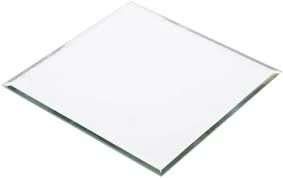

Low-E rated windows, or low-emissivity windows, are a game-changer in modern architecture and energy efficiency. These windows are designed to minimize the amount of infrared and ultraviolet light that comes through the glass without compromising the amount of visible light that enters a building. This technology contributes significantly to energy savings, making it a popular choice for both residential and commercial buildings.
In addition to energy savings, Low-E windows can significantly improve indoor comfort. By reducing temperature fluctuations and minimizing heat gain and loss, occupants can enjoy a more consistent and pleasant environment. This is particularly beneficial in regions with extreme weather conditions, where temperature variations can be quite drastic. Furthermore, Low-E windows help reduce glare and protect furnishings from fading by minimizing the amount of UV rays that pass through, extending the life of carpets, curtains, and furniture.

Another aspect worth considering is the environmental impact of Low-E rated windows. By reducing energy consumption in buildings, these windows contribute to lower greenhouse gas emissions. In a world that is actively seeking solutions to combat climate change, opting for energy-efficient building materials is a crucial step towards sustainability. Low-E windows are an eco-friendly choice that not only enhances the efficiency of buildings but also aligns with a growing commitment to environmental stewardship.
From a design perspective, Low-E windows can also be aesthetically pleasing. They are available in a variety of styles and can be customized to fit any architectural need. Homeowners and builders no longer need to compromise between energy efficiency and visual appeal. The advancements in Low-E technology allow for significant customization without sacrificing performance.
In conclusion, Low-E rated windows offer a host of benefits, including improved energy efficiency, enhanced indoor comfort, reduced environmental impact, and aesthetic versatility. As society continues to prioritize sustainability and energy conservation, the adoption of Low-E windows will undoubtedly rise. For those looking to upgrade or build, investing in Low-E windows is not just a smart choice; it’s also a commitment to a more sustainable future.